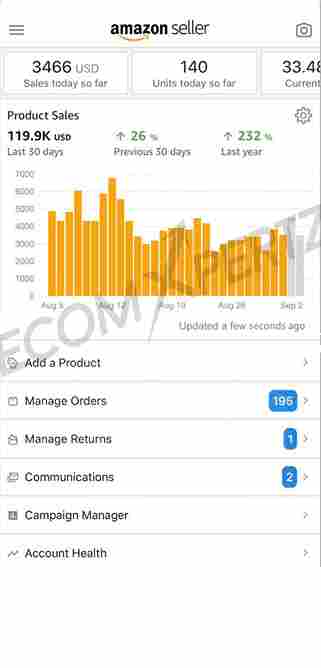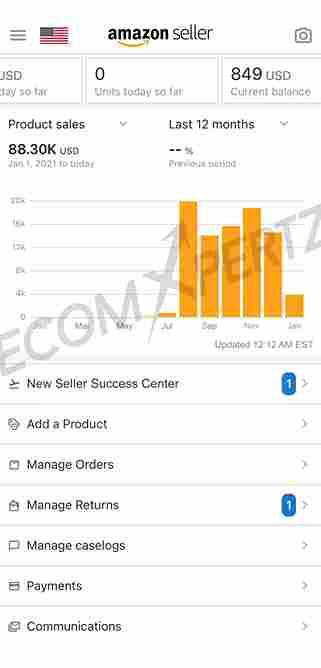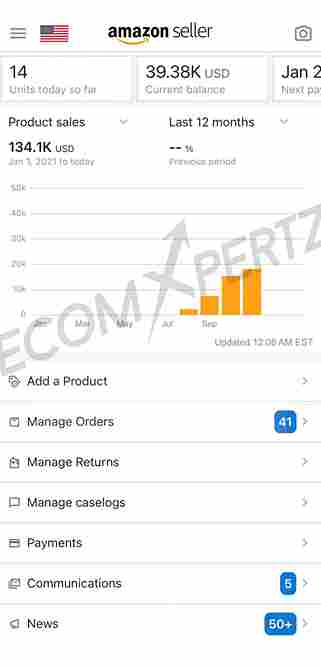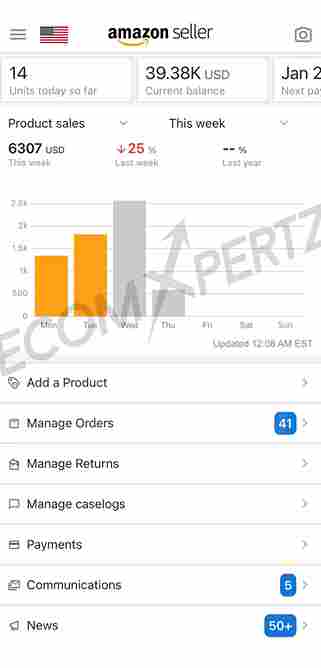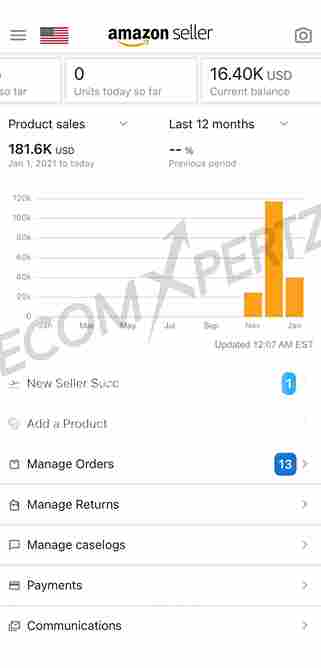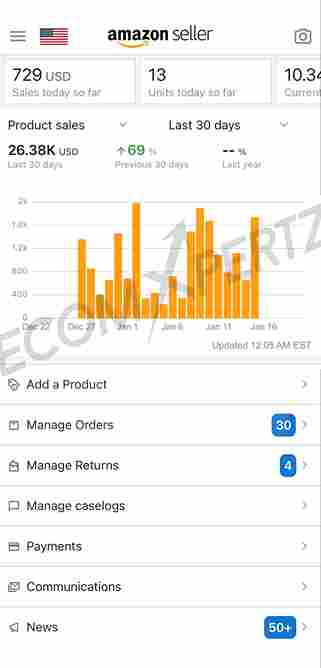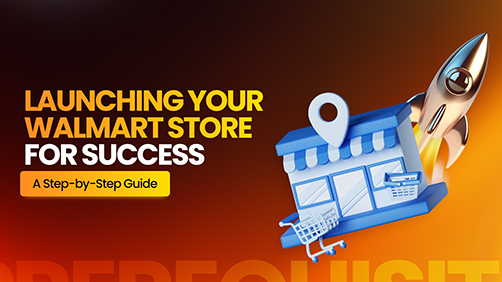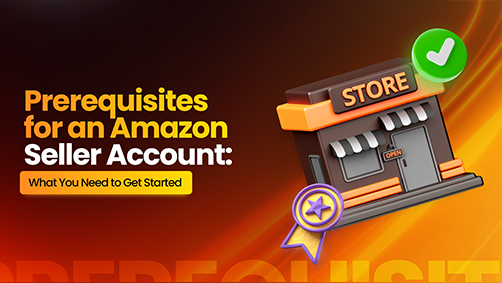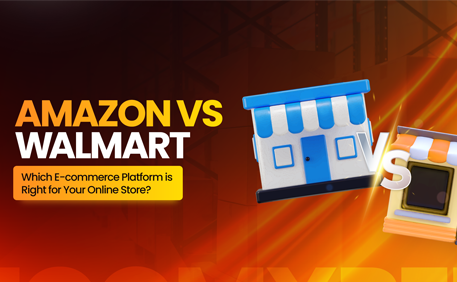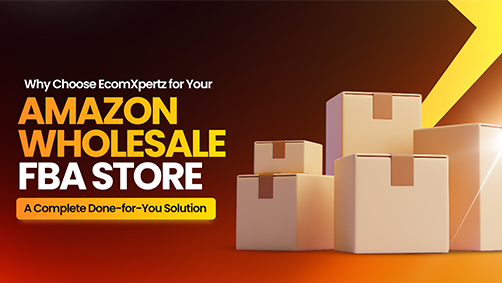Step 1: Basic Information and Documents
To create an Amazon seller account, you'll need to provide some essential information and documents:
- Business Information: This includes your business name, address, and contact details. If you’re selling as an individual, you can use your personal information.
- Email Address: Make sure to use an active email address that you check regularly, as Amazon will send important notifications here.
- Phone Number: Amazon will use this for account verification and customer support communication.
- Tax Information: For U.S. sellers, this includes your Social Security Number (SSN) or Employer Identification Number (EIN). Amazon requires this to verify your identity and comply with tax regulations.
- Bank Account Information: You'll need to provide a bank account where Amazon will deposit your earnings. Ensure it's a valid checking account that can receive electronic transfers.
Step 2: Choose Your Selling Plan
Amazon offers two main selling plans:
- Individual Plan: Ideal for those just starting out or planning to sell fewer than 40 items per month. It has no monthly subscription fee but charges a per-item selling fee.
- Professional Plan: Best for those who plan to sell more than 40 items per month. It has a monthly subscription fee but offers more features like bulk listing and access to Amazon's advertising tools.
Step 3: Valid Credit Card
You’ll need a valid credit card for billing purposes. Amazon uses this card to verify your identity and for any charges related to your seller account, such as subscription fees and advertising costs.
Step 4: Product Information
Before listing products on Amazon, you'll need to gather essential product details:
- Product Categories: Know which category your products belong to. Some categories require approval, especially for new sellers.
- Product Identifiers: Most products require a UPC (Universal Product Code) or EAN (European Article Number). If your products don’t have these, you may need to apply for a GTIN (Global Trade Item Number) exemption through Amazon.
- Product Images: High-quality images are crucial for attracting buyers. Ensure your images meet Amazon’s requirements, including a plain white background, clear product visibility, and at least 1000 pixels on the longest side.
Step 5: Fulfillment Strategy
Decide how you'll fulfill orders:
- Fulfillment by Amazon (FBA): Amazon stores, packs, and ships your products. This option offers benefits like Prime eligibility and Amazon's customer service.
- Fulfillment by Merchant (FBM): You handle storage, packaging, and shipping. This gives you more control but requires more effort on your part.
Step 6: Understand Amazon's Selling Policies
Familiarize yourself with Amazon's selling policies and guidelines:
- Prohibited Products: Some products are restricted or prohibited on Amazon. Make sure your products comply with Amazon's policies to avoid account suspension.
- Listing Guidelines: Follow Amazon's guidelines for creating product listings. This includes providing accurate descriptions, pricing, and product conditions.
Additional Tips for a Smooth Setup
- Research Your Market: Before setting up your account, research your product niche and competitors on Amazon. This helps you understand the market demand and pricing strategies.
- Prepare for Verification: Amazon may request additional information for verification, such as proof of identity or business registration documents. Have these ready to avoid delays.
- Start with a Solid Plan: Decide on your business model (private label, wholesale, dropshipping) and prepare a strategy for product sourcing, pricing, and marketing.
Conclusion
Setting up an Amazon seller account is a straightforward process, but it requires careful preparation. By gathering the necessary documents, choosing the right selling plan, and understanding Amazon’s requirements, you can set the foundation for a successful selling journey. Start with these prerequisites, and you'll be well on your way to joining the ranks of successful Amazon sellers.
Get A Free
Consultation
Our Customer Feedback
Don’t take our word for it. Trust our customers.
Success Stories
Our ecommerce success stories speak for themselves! Multiple businesses and social platforms have benefitted greatly by making use of our quality e-commerce expertise to be able to gauge maximum profit margins as well as a greater customer base.









